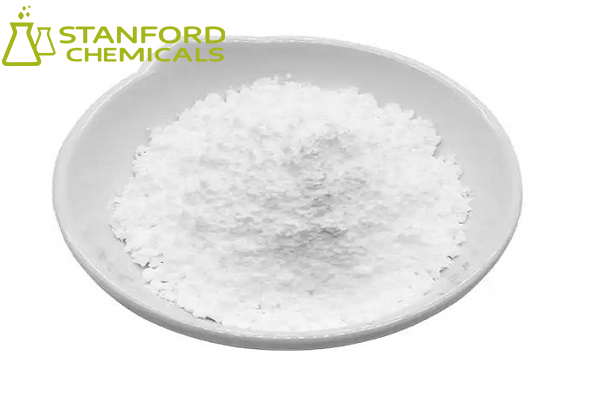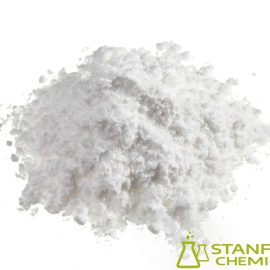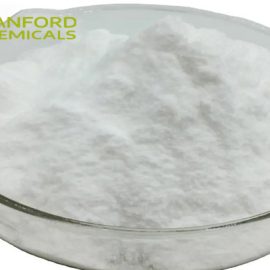Introduction of Methacrylated Hyaluronic Acid (HAMA)
Hyaluronic acid is the most abundant glycosccinoglycan in the body being an important component of several tissues throughout the body. While it is abundant in extracellular matrices, hyaluronan also contributes to tissue hydrodynamics, movement, and proliferation of cells, and participates in a number of cell surface receptor interactions.
Methacrylated hyaluronic acid (HAMA) is for photocrosslinkable hydrogels. These hydrogels provide native-like 3D HA gels with the unique attributes to be prepared at various concentrations and photocrosslinked to provide various gel stiffness.
Features of Methacrylated Hyaluronic Acid (HAMA)
| Molecular Weight | 100-150 kDa |
| Appearance | Lyophilized powder |
| Storage condition | -20°C |
Specifications of Methacrylated Hyaluronic Acid (HAMA)
| Product Name | Methacrylated Hyaluronic Acid (HAMA) |
| Molecular Weight | 100-150 kDa |
| Degree of Methacrylation | 45-65 % |
| Appearance | Lyophilized powder |
| Storage | -20°C |
| Shelf life | Minimum of 6 months from the date of receipt |
| Heavy metals | ≤ 20 ppm |
| Loss on drying | ≤ 10% |
Methacrylated Hyaluronic Acid (HAMA), provides native-like 3D HA gels with the unique attributes to be prepared at various concentrations and photocrosslinked to provide various gel stiffnesses.
Applications of Methacrylated Hyaluronic Acid (HAMA):
- Used to form hydrogels for ex-vivo engineering of the autologous cartilage tissue or as a mesenchymal stem cell carrier in cartilage repair
- Used to measure the effects of matrix stiffness on cell phenotype and function
- Used for 3D bioprinting to create structures that promote osteogenic differentiation of MSC’s
- The high tunability of hyaluronic acid methacrylate allows it to be mixed with, and reinforce other types of hydrogels (such as collagen, or gelatin methacrylate)
Reference:
- https://www.ncbi.nlm.nih.gov/pmc/articles/PMC5717235/
- https://www.ncbi.nlm.nih.gov/pmc/articles/PMC5627486/
- https://www.ncbi.nlm.nih.gov/pmc/articles/PMC5541838/
- https://www.ncbi.nlm.nih.gov/pmc/articles/PMC5447944/
- https://www.ncbi.nlm.nih.gov/pmc/articles/PMC5615317/
- https://www.ncbi.nlm.nih.gov/pubmed/21773726/
- https://www.ncbi.nlm.nih.gov/pmc/articles/PMC5460858/
- https://www.ncbi.nlm.nih.gov/pmc/articles/PMC5748291/
Related articles:
Hyaluronic Acid for Osteoarthritis
2 Different Ways to Produce Hyaluronic Acid and Its Applications
See: SDS Files





Reviews
There are no reviews yet.